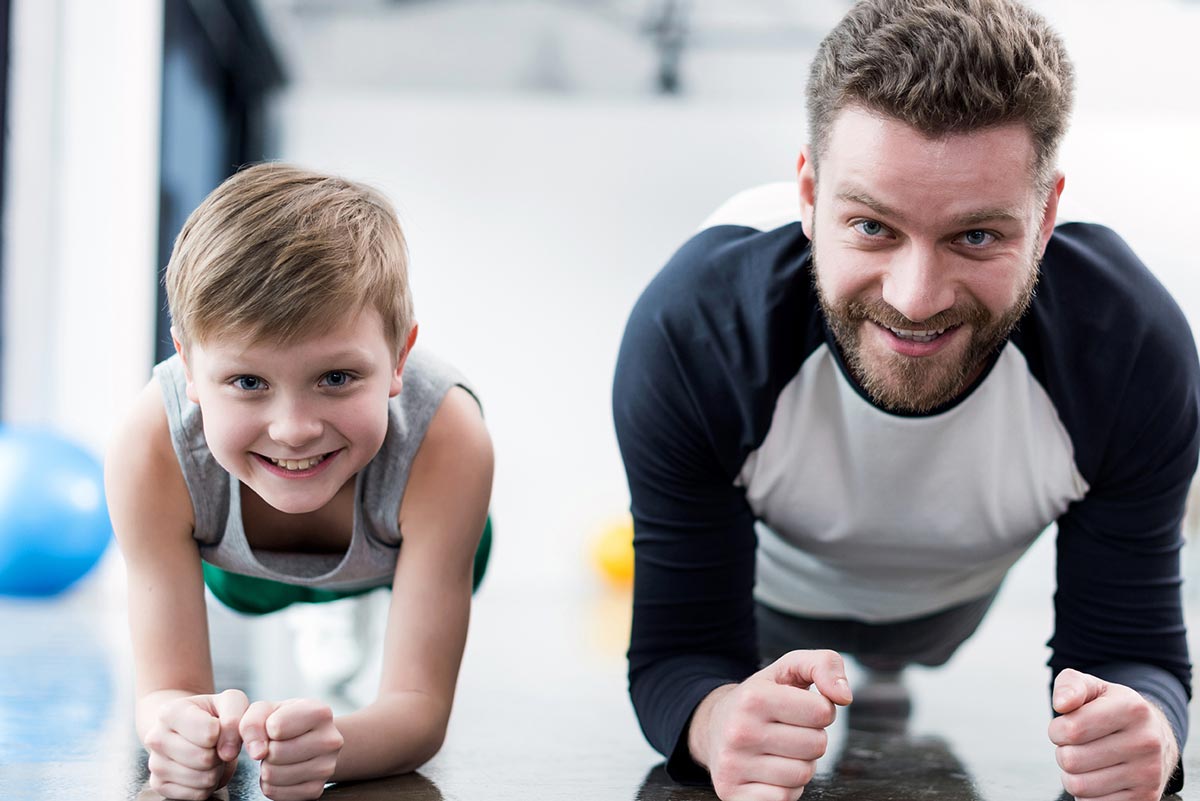Osteoporosis is “a childhood disease with old-age consequences.”
NIH Osteoporosis and Related Bone Diseases adds that “the health habits your kids are forming now can make, or literally break, their bones as they age.” How is this possible, you ask? Mayo Clinic reminds you that “your bones are in a constant state of renewal– new bone is made, and old bone is broken down. When you’re young, your body makes new bone faster than it breaks down old bone, and your bone mass increases. After the early 20s, this process slows, and most people reach their peak bone mass by age 30. As people age, bone mass is lost faster than it’s created. How likely you are to develop osteoporosis depends partly on how much bone mass you attained in your youth.”
Where Does Milk Enter the Osteoporosis Conversation?
“I give my kids milk every day,” you say.
“But my kids don’t like milk,” you counter.
The milk companies do such an astronomically phenomenal job with forming a direct correlation between milk, calcium, and bones that many view milk as the be-all and end-all of calcium consumption– but this is not true. Low-fat dairy products, dark green leafy vegetables, canned salmon or sardines with bones, soy products, calcium-fortified cereals and orange juice, and supplements are good calcium sources as well.
Bones Need More Than Just Calcium
Calcium alone isn’t the only thing children need to consume to better their odds against osteoporosis. Vitamin D is also important because it improves bone health by helping the body absorb calcium. Although sunlight provides vitamin D, experts recommend consuming vitamin D through food and supplements. And when asked what the “most important lifelong bone health habits to encourage now [for children]” are, NIH Osteoporosis and Related Bone Diseases quickly says, “proper nutrition and plenty of physical activity.”
Exercise is known to build strong bones and slow bone loss, which is a win-win. And the sooner children form healthy habits, including exercise, the better because deeply ingrained childhood habits often continue into and through adulthood.
Experts agree that:
- Strength training “helps strengthen muscles and bones in your arms and upper spine.”
- “Weight-bearing exercises– such as walking, jogging, running, stair climbing, skipping rope, skiing, and impact-producing sports– affect mainly the bones in your legs, hips, and lower spine.”
- “Balance exercises such as tai chi can reduce your risk of falling, especially as you get older.”
Be aware, though, that not all exercises are created equal when it comes to bone health. The Mayo Clinic makes it clear that “swimming, cycling, and exercising on machines such as elliptical trainers can provide a good cardiovascular workout, but they don’t improve bone health.”
Truehope: Supplements with a Voice
When calcium and vitamin D are discussed in the osteoporosis conversation, supplements enter the picture regardless of a person’s age. Too much of practically almost anything, including calcium, isn’t always a good thing, so where and who do you turn toward when trying to choose a daily supplement? Truehope is the answer.
Truehope produces the number one micronutrient in the world, EMPowerplus Advanced, and they also make many other phenomenal products such as their well-known bone mineral developer BMD Advanced. As Truehope’s website says, they offer their “customers nutritional support, unlike any other company, free with the purchase of Truehope products through the Truehope.com website.”
Truehope customers receive access to the following:
- “Micronutrient protocol experts specifically trained in [their] products.”
- “Individualized plans specific to suit your needs.”
- “Assist[ance] in understanding potential medication interactions.”
- “Assistance in helping you to eliminate limiting factors.”
- Answers to your questions and additional information.
It’s not easy to understand how much of what supplement you and your children should take, but when it comes to Truehope, their supplements have a voice. You, as a customer, aren’t alone. Truehope not only offers the opportunity for you to talk with them about your needs, but they also encourage it.
Osteoporosis and low bone mass affect 54 million Americans. Experts agree that the bone density and bone health habits you consume as a child, teenager, and twenty-plus-year-old sets the stage for your likelihood of developing osteoporosis as an adult. Do everything you can for yourself and your children now, so your tomorrow is the best it can be.
Author: Evelyn Lindell
Certified Health & Wellness Coach

